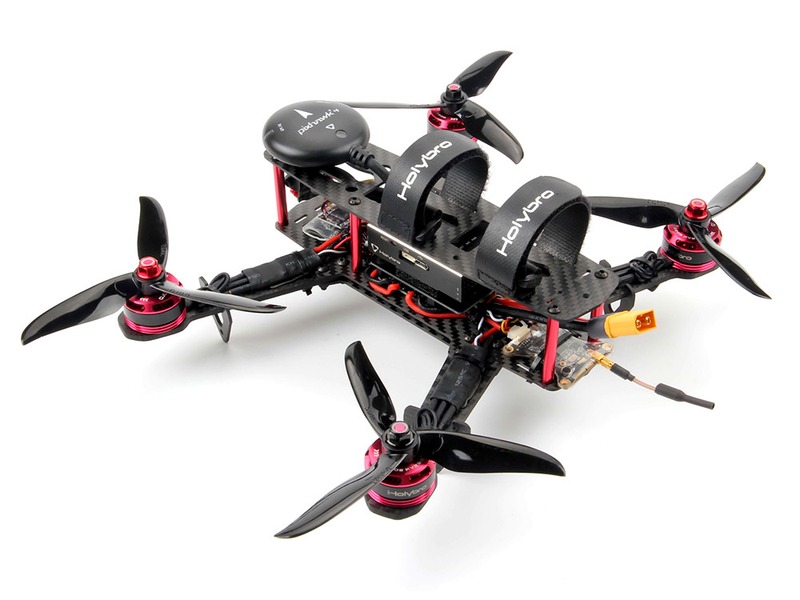How long can a racing drone fly?

A racing drone can fly for a variety of lengths of time, depending on its size and its power source. Generally speaking, racing drones are designed to fly for shorter periods of time -- typically between two to eight minutes -- than other types of drones.
The size of the racing drone is a key factor in determining how long it can fly. Smaller drones with smaller motors and lighter batteries can usually fly for shorter periods of time than larger models. Larger drones with bigger motors and more powerful batteries can usually fly for longer periods of time.
The type of battery used to power the racing drone is also important. Racing drones typically use lithium polymer (LiPo) batteries, which are lighter and more powerful than other types of batteries. LiPo batteries can provide power for up to eight minutes of continuous flight, depending on the size and weight of the drone.
The type of power source also affects the flying time. Racing drones can be powered by either internal combustion engines (ICE) or electric motors. ICE engines require more power and generate more noise, so they are generally used for shorter periods of time. Electric motors are quieter and more efficient, so they can typically provide power for longer periods of time.
Finally, the environment can also affect the flying time of a racing drone. Windy conditions, for example, can reduce the flying time of a drone by increasing resistance. High temperatures can also reduce the flying time of a drone by causing the battery to overheat.
In summary, the length of time a racing drone can fly depends on a variety of factors, including its size, type of battery, and type of power source. Smaller drones with LiPo batteries and electric motors can typically fly for up to eight minutes, while larger drones with more powerful batteries and ICE engines can fly for longer periods of time. Finally, environmental factors such as wind and high temperatures can reduce the flying time of any drone.
Comments / Question
2. Select the right propeller size: Choosing the right size of propeller can also help to reduce the overall drag and improve flight time.
3. Optimize the airframe: Make sure your airframe is properly shaped and optimized for better aerodynamic efficiency. This will help the drone to move more efficiently through the air and reduce drag.
4. Choose the right motor: Select a motor that is specifically designed for racing drones. This will help you achieve higher top speeds and longer flight times.
5. Reduce the payload: Try to reduce the weight of your payload as much as possible to increase flight time.
6. Adjust the drone settings: Adjust the drone settings to optimize the power and efficiency of the drone. This will help to maximize the flight time.
2. Propeller Size and Pitch: Larger propellers and higher pitch propellers will generate more thrust and allow the drone to fly faster.
3. Motor Power: More powerful motors will allow the drone to fly faster.
4. Battery Capacity: The larger the battery capacity, the longer the drone will be able to stay in the air.
5. Wind Conditions: Wind conditions can affect the flight time of a racing drone as the drone will need to use more energy to fight against the wind.
6. Pilot Skill: A skilled pilot will be able to fly the drone more efficiently and get the most out of the drone’s power and battery.

